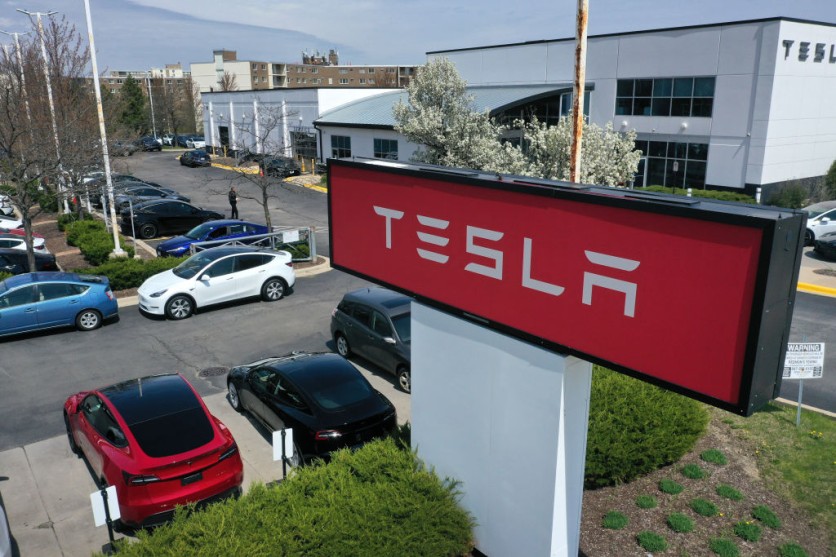A fatal crash involving a Tesla driver using Autopilot has occurred in the Seattle area, resulting in the death of a motorcyclist.
This incident has sparked concerns regarding the effectiveness of a recent recall to ensure Tesla drivers utilizing Autopilot remain attentive while driving.

Tesla now offers price reductions for the Model S and Model X electric vehicles (EVs). (Photo: Scott Olson/Getty Images)
Raising Concerns About Tesla's Autopilot System
Following a tragic incident near Seattle, questions arise regarding the safety of Tesla's Autopilot system. The fatal crash occurred when a Tesla vehicle, possibly operating on Autopilot, collided with a motorcyclist.
The incident occurred in a suburban area northeast of the city, and the Associated Press reported that it has sparked concerns about the efficacy of Tesla's recent recall to ensure driver attention while using Autopilot.
The driver of a 2022 Tesla Model S admitted to utilizing Autopilot and engaging with his cellphone while the vehicle was in motion, shedding light on the potential risks associated with semi-autonomous driving technology.'
In a probable-cause document, the trooper described how the driver felt a sudden jolt and observed the vehicle accelerating before colliding with the motorcycle ahead.
As outlined in the affidavit, the 56-year-old driver is under investigation for vehicular homicide due to his admission of distraction while the car was in Autopilot mode and his engagement with a cell phone while driving.
The driver informed the trooper that the collision occurred around 3:45 p.m. as he was driving home from lunch. Jeffrey Nissen, aged 28 and residing in Stanwood, Washington, was discovered beneath the vehicle and declared dead at the scene, authorities disclosed.
Under Scrutiny Amid Fatal Crash
The Washington State Patrol Capt. Deion Glover mentioned that they are yet to independently confirm whether Autopilot was engaged during the accident.
The fatality occurs approximately four months subsequent to U.S. automotive safety regulators compelling Tesla to recall over 2 million vehicles to rectify a flawed system aimed at ensuring driver attentiveness while utilizing Autopilot.
An inquiry was initiated on Wednesday to elicit a response from Tesla, which is known for gathering online data from its fleet of vehicles.
As part of the December recall, stemming from a two-year inquiry into incidents where Teslas on Autopilot collided with emergency vehicles stationed on roadsides, Tesla reluctantly consented to enhance Autopilot software by amplifying warnings and alerts to drivers.
Tesla's Autopilot feature is designed to maintain a vehicle's position within its lane and a safe distance from preceding vehicles. However, Tesla explicitly states on its website that its vehicles are not capable of autonomous driving, notwithstanding the feature's name.
Tesla's monitoring mechanism alerts drivers if it detects a lack of torque from their hands on the steering wheel. However, experts argue that this system is insufficient.
They contend the technology should incorporate infrared cameras to ensure drivers maintain visual contact with the road ahead.
The application of the software update mandated by the recall of the Tesla involved in the fatal accident of the Washington motorcyclist remains uncertain.
However, according to documents submitted by Tesla to the National Highway Traffic Safety Administration, the majority of newer Tesla models are equipped with software that would integrate the update automatically.
Related Article : Tesla Autopilot Blamed Over Motorcyclist's Death; Driver Only Puts 'Trust' in the Machine


![Apple Watch Series 10 [GPS 42mm]](https://d.techtimes.com/en/full/453899/apple-watch-series-10-gps-42mm.jpg?w=184&h=103&f=9fb3c2ea2db928c663d1d2eadbcb3e52)


